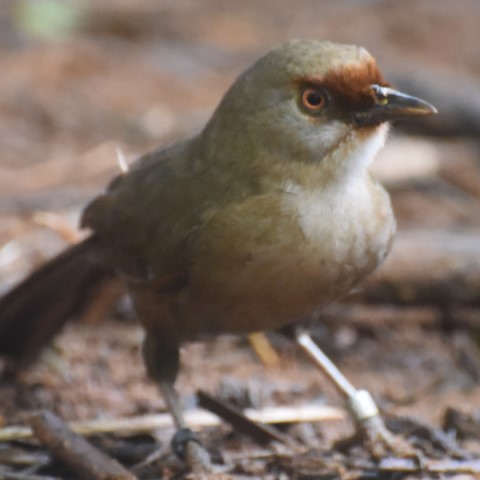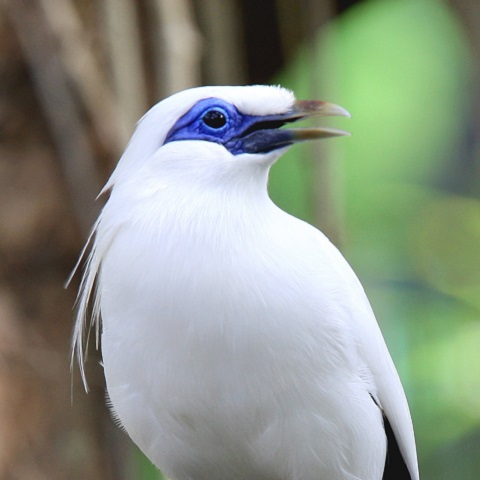Conservation Actions
Conservation Actions UnderwayCITES Appendix II. This species has been protected under Indonesian law since 1972. The Wildlife Conservation Society has actively tried to locate this species in the lowlands surrounding Gunung Leuser National Park, and although the current status of surveys are unknown, there is hope to expand this work in the future once additional funding has been secured (N. Brickle in litt. 2007). Conservation Actions Proposed
Examine the two skins in detail to improve understanding of its taxonomic status, and indeed (by consideration of wing length) to determine the likelihood of its being migratory. Conduct surveys (including use of mist nets) for the species between January and April in remaining forest patches ranging out from the two historical locations. Develop a conservation plan for the species, pending results of these surveys, including the establishment of protected areas, where appropriate, at any sites supporting populations.
Location Information
Cyornis ruckii is known from two specimens collected in 1917 and 1918, at Tuntungan and Delitua in the lowlands of northern Sumatra, Indonesia. Two further specimens are purportedly from Malaysia, but their provenance has been questioned. The species must have always been very rare or local, given the failure of all but one zoological collector to obtain specimens.Geographic Range
Extant
Indonesia





